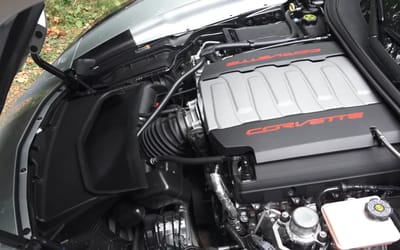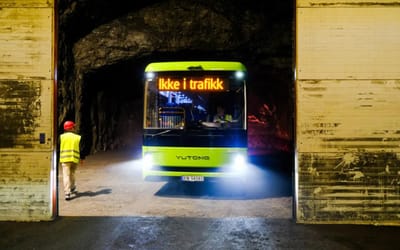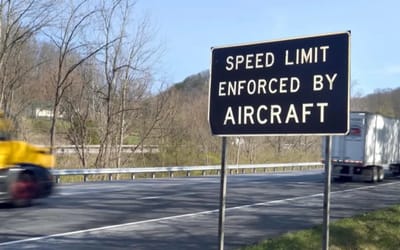The incredible thing Ford did when it had a surplus of Mavericks in the 1970s
- The Ford Maverick was an attempt by Ford to tackle the competition
- Released in 1970, the Maverick was Ford’s answer to Dodge, Datsun, Chevrolet and Nissan
- Now, a cool photo has been released revealing more of the story
Published on Feb 18, 2025 at 5:59 PM (UTC+4)
by Keelin McNamara
Last updated on Mar 07, 2025 at 4:12 PM (UTC+4)
Edited by
Kate Bain
The Ford Maverick is arguably one of the most underrated cars in the manufacturer’s catalogue.
Built and developed from 1970-77, the Maverick was created to combat the compact car market.
In the late 1960s, the compact car market in the U.S. was fiercely competitive, with Japan producing the Toyota Mark II and the Datsun 610 while American offerings included the Dodge Dart and the Chevrolet Nova.
However, with the old Falcon not very popular, Ford had work to do. Introducing: the Maverick.
DISCOVER SBX CARS: The global premium car auction platform powered by Supercar Blondie
Maverick makes Ford competitive again
The Maverick was originally introduced in 1969 for a 1970 release.
Straight away, it was very popular.
The big appeal was its price; an extremely competitive $1,995 brand-new.
Nearly 580,000 Mavericks were produced in the first year alone.
In fact, in 1970, it massively outpaced the Mustang, of which there were 200,000 units sold.
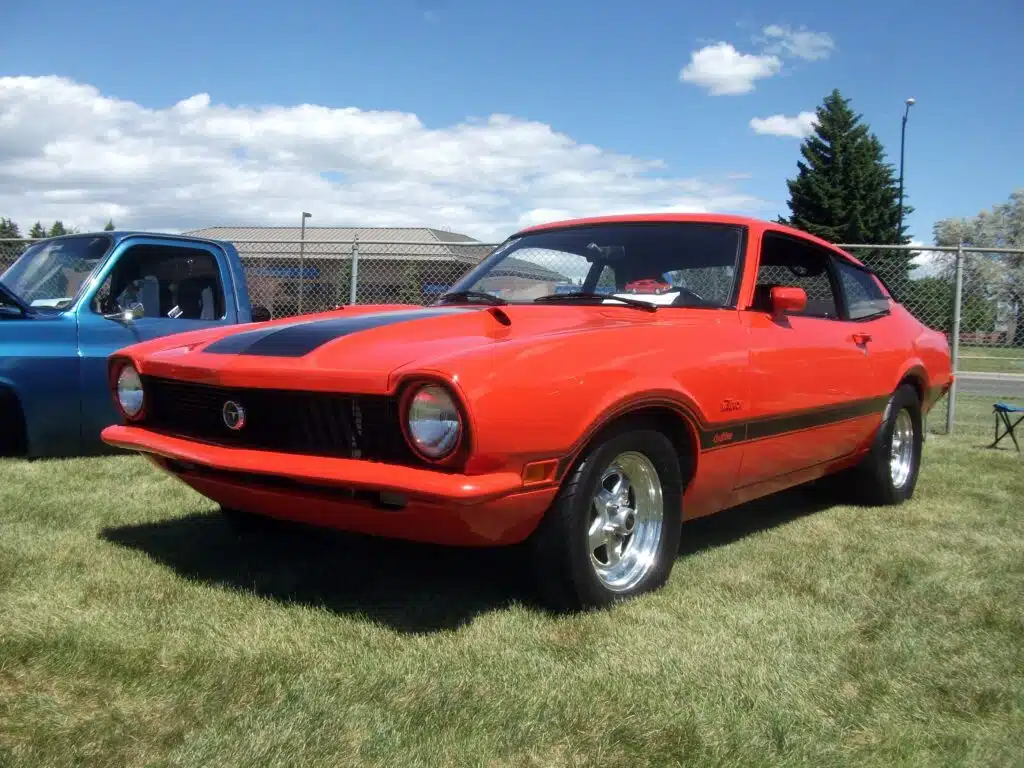
Furthermore, the 1973 oil crisis saw demand spike for economical, compact cars.
Ford’s ready-made alternative saw a massive growth in popularity and demand.
A big part of the Maverick’s popularity was the variety of engine options available.
The most powerful option was a 302 cu in (4.9 liter) Windsor V8, however, the base option was a much more economical, 170 cu in (2.8 liter) inline-six engine.
Sub-terranean storage of several Mavericks
Now, a very cool photograph has resurfaced of several 1973 Ford Mavericks underground.
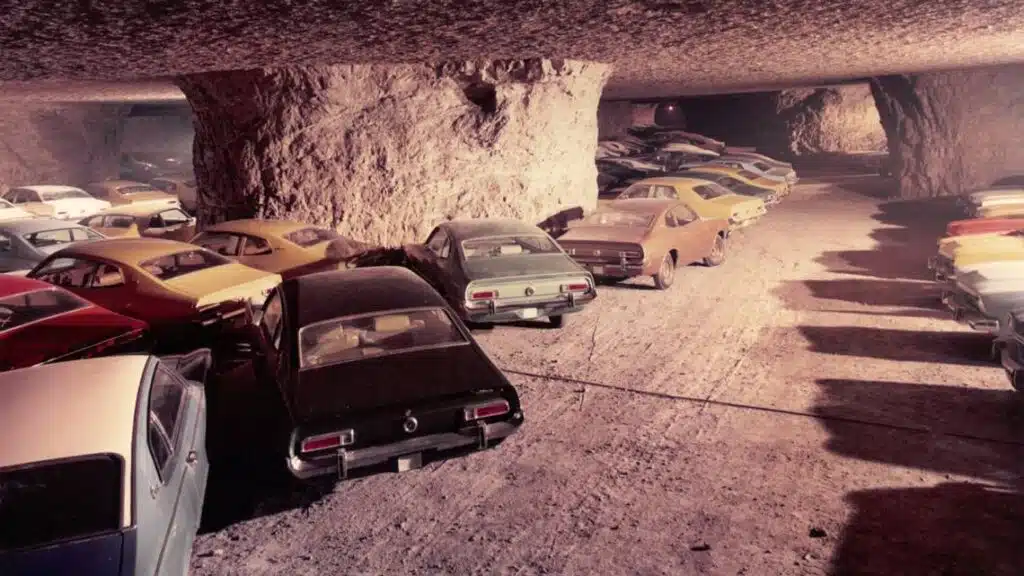
The Hunt Family of Kansas City, Missouri, own not only the Kansas City Chiefs, but a very unique piece of real estate.
The late Lamar Hunt Sr. developed the 55,000,000 sq. ft business complex in an old mine, which is still active today.
During the entirety of production of the Maverick, Ford assembled the car at its plant in Claycomo, Kansas City.
Back in the 1970s, Ford used the tunnels to store some of their cars, mostly from the bad weather that comes with the Midwest of the United States.
The rumour that followed this photo was that the cars were stashed underground due to poor sales.
However, this isn’t actually true at all.
Sales shoot due to oil crisis
Craig Selvey, a man from Indiana, and who has owned over 40 Mavericks during his life, explained why the car was so successful during this time.
“It wasn’t because they weren’t selling or hadn’t sold … because 1973 was a very good year for the Ford Maverick and they would have sold as normal, even quicker, than other years,” he said.
In fact, the Ford Maverick sold 292,000 units in 1973, the second highest year of sales (only behind 1974).
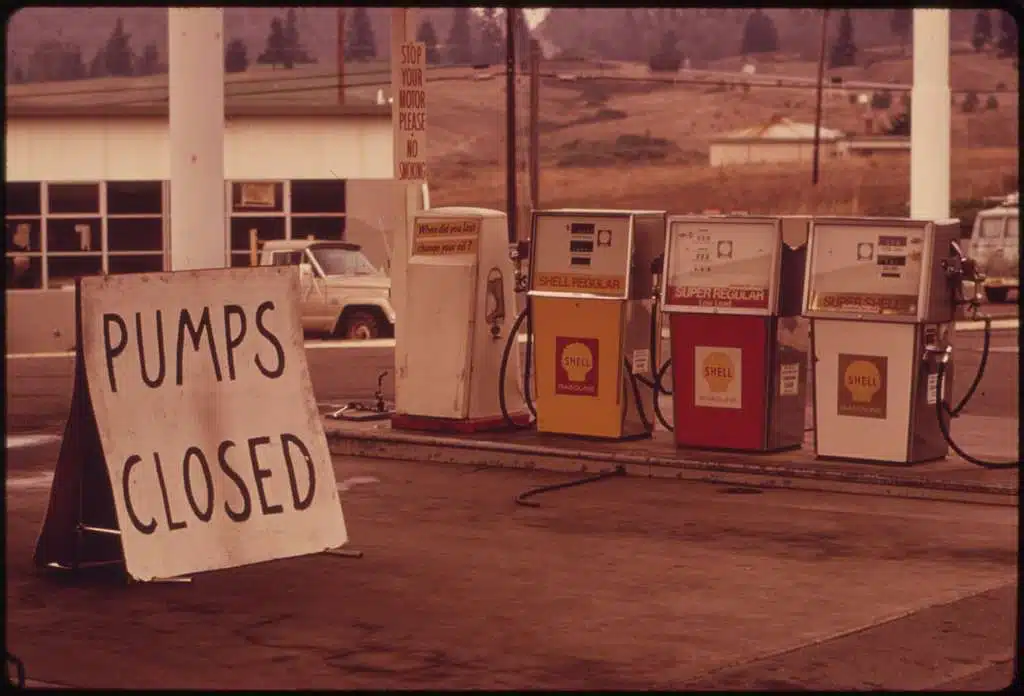
The more likely reasoning for storing the cars in SubTropolis would be due to the bad weather.
Ryan Tompkins, Hunt Midwest’s director of sales and leasing, explained it best.
“I do know that it was storage for the vehicles … to get out of the weather for the hail and tornado activity that Kansas City has. It is a safe and secure environment. I don’t know how many vehicles were down there, but they would be out of harm’s way. They had an operation in the Underground already,” he said.
“They found that this would be a good location to store assembled vehicles while they’re waiting to be sold and distributed out.”
Keelin McNamara is a content writer at Supercar Blondie from Ireland, covering cars, technology, and lifestyle. Despite being a Law graduate, he discovered his passion for journalism during the COVID-19 pandemic, and has worked in the industry ever since. Outside of work, he is an avid MotoGP fan, and is a self-confessed addict of the sport.

